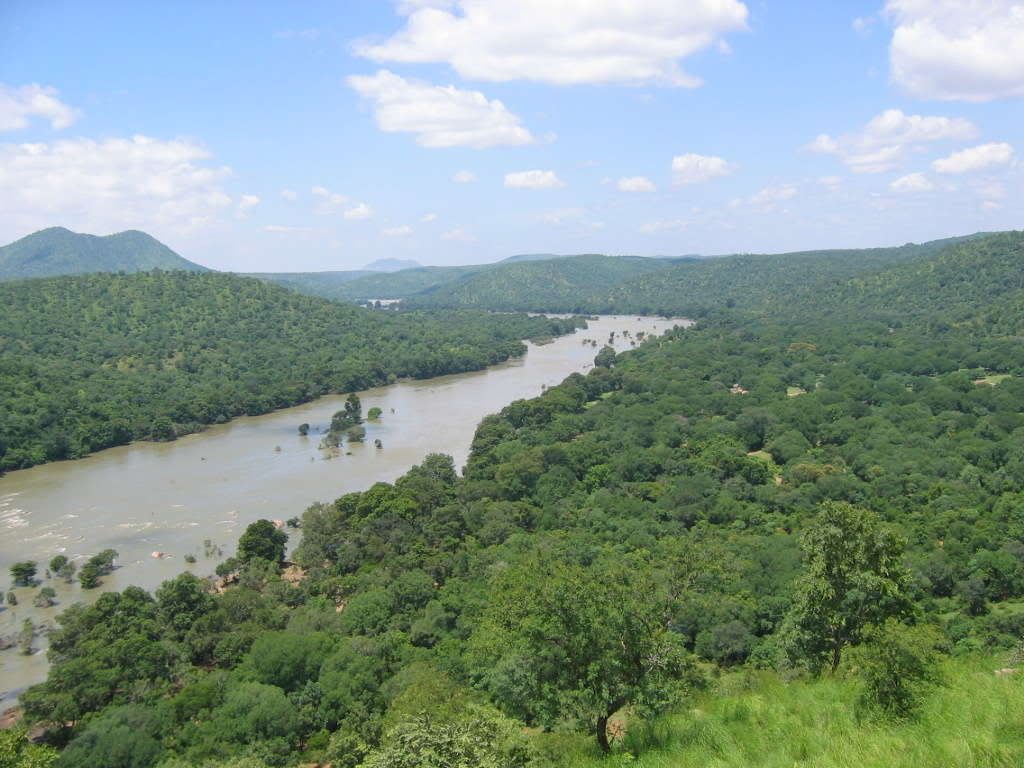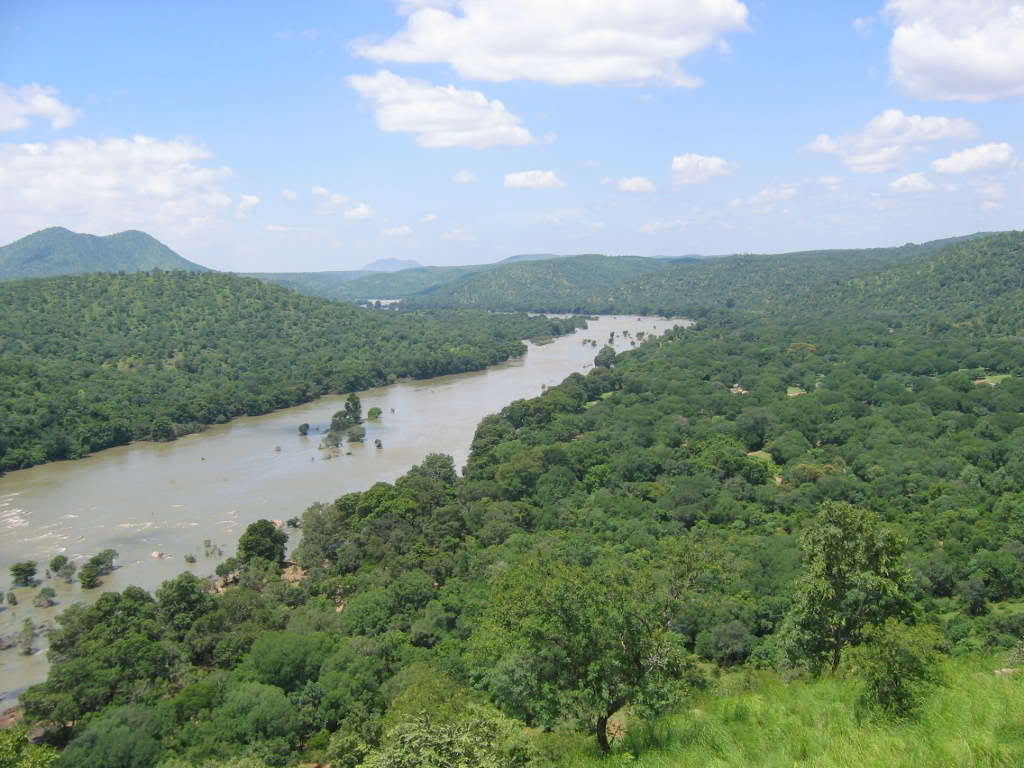

The 125-year-old rivalry between Karnataka and Tamil Nadu over the waters of Cauvery river (Kaveri in Indian parlance) has raised its head again and has been raging since the September 5,2016 order of the Supreme Court asking Karnataka to release 15,000 cusecs of water per day to Tamil Nadu.
On Monday, September 12, 2016 the Supreme Court tweaked its order and asked Karnataka to release 12,000 cusecs instead, but even that has not ameliorated the agitators on both reaches of the “River of Conflict”.
Buses with TamilNadu number plates have been torched in Bangalore, and violence ran wild with one person killed and several injured. Even India Today TV’s deputy editor Rohini Swamy and her video journalist was wounded and hospitalised while reporting the ruckus on the streets.
In Chennai, Udupi hotels and Karnataka bank branches were attacked in turn. The protests have spread to Mysore now, with no solution in sight, and a bunch of squabbling figures, including the respective chief ministers, playing the old game of one-upmanship in their bid to please vote banks.

Cauvery’s course
Originating in Talakaveri (rough translation: Kaveri lake) in Kodagu district of Karnataka, this mighty southern Indian river flows through four states of postcolonial India, culminating in a huge delta that opens into Bay of Bengal through Poompuhar in Tamil Nadu.
About 800 kilometre long, this river basin is roughly 81,155 square kilometre in area, with over 50 per cent in the lower riparian Tamil Nadu, 34,273 sq km in upper riparian Karnataka, and about 2,866 sq km in Kerala and 160 sq km in Puducherry.
Naturally, given its wide swathe, the water sharing issue has been a source of conflict long before these states divided along linguistic lines came into actual existence.
Colonial History
The source of the conflict is in the colonial times when the control of Mysore was wrenched from the British while they retained the Madras Presidency. Drought and famine in the mid-1870s and the retaking on control of Mysore by its native kings in 1881 meant that dispute was brewing about the water sharing arrangement.
In 1892, an agreement was reached which was reworked in 1924 after an arbitration, which ensured that regular supply of water from Mysore to Madras Presidency was legally carried out. A 50-year validity for the 1924 agreement was fixed in order to avoid more intermittent conflicts.
Post-Independence
However, with the independence of India and the 1956 reorganisation of states along linguistic lines, fresh problems cropped up. Both Mysore state and Madras Presidency were divided among newly formed states, and without a template to suit the different times, Cauvery became a cauldron of simmering tensions.
In 1956, the Interstate River Water Disputes Act was also legislated in light of the water conflicts.
With Karnataka and Tamil Nadu already in the fray, Kerala and Puducherry threw their hats in the wrestling ring of Cauvery conflict. In the 1960s, with the 50-year period since the last binding law soon ending in 1974, negotiations started among the concerned parties.
In the 1970s, the Cauvery Fact Finding Committee submitted a report in 1973, resulting in the 1974 draft agreement and the creation of Cauvery Valley Authority, but it was not ratified.
Through the 1970s and 1980s, negotiations continued but in vain. Periodic outbursts of pent up tensions occurred souring Kannadiga-Tamil relations. In 1986, a farmers’ association from Tamil Nadu knocked on SC’s door demanding constitution of a tribunal for full and final settlement of the issue.

Tribunal and Supreme Court order
The Supreme Court directed the VP Singh government at the centre to constitute a tribunal, which was formed on June 2, 1990.
The claimants wanted the following:
Karnataka – 465 billion cubic feet
Kerala – 99.8 billion cubic feet
Puducherry – 9.3 billion cubic feet
Tamil Nadu – 566 billion cubic feet for itself (177 billion cubic feet for Karnataka)
In 1995-96, severe rainfall shortage meant Karnataka battled with limited waters in Cauvery and was loathe to release waters. Then PM PV Narasimha Rao urged the CMs to reach an interim arrangement and lowered release of water from 11 billion cubic feet to 6 billion cubic feet that time.
Worse occurred in 2002, and even then SC had to intervene. From 2003-2006, good rainfall kept the tempers down. Finally, in 2007, the Cauvery Water Disputes Tribunal announced its verdict. According to it:
Tamil Nadu – 419 billion cubic feet
Karnataka – 270 billion cubic feet
Kerala – 30 billion cubic feet
Puducherry – 7 billion cubic feet.

Cauvery river basin and water allotment as per 2007 tribunal order.
None of the states were happy with the verdict and appeals continued, and the recent SC order asking Karnataka to release 12,000 cusecs to Tamil Nadu in a drought year has meant all-out ruckus in the two states.
Violence and Mayhem
Curfew was imposed in parts of Bangalore as the city came to a standstill. A 12-hour bandh was declared which brought India’s Silicon Valley to a virtual standstill. One death has been reported so far, many Tamil Nadu buses torched at a bus depot, several injured and beaten up, including some for their social media posts.
Farmers affected
Farmers in water-intensive deltaic regions of Tamil Nadu, who grow crops like samba, karuvai and paddy, have been left high and dry without adequate water release from Karnataka. On the other hand, drought was declared in a number of districts in the upper riparian state with them receiving less than 25 per cent of the rainfall during the monsoon.
For the farmers on both sides, this is less politicking and more a question to livelihood, and pretty much life and death. With both the states administrations refusing to budge and not coming up with alternate solutions, it’s the farmers who are truly bearing the brunt of this century-old rivalry.
Climate change
However, inflecting this longstanding dispute is the pressing threat of global warming and climate change. 2016 has reported some of the hottest months since the recordkeeping began and that means fresh urgency of climate change, with alternate drought and flooding would have to be taken into account while sharing the waters of Cauvery.
Moreover, the river basin, with its widely differing ecosystems in the four states, must be understood in keeping with the environmental and biodiversity issues at stake, and not just for its human contenders.
In other words, Cauvery water dispute is a local manifestation of planetary conflicts of our times. It must be approached scientifically, with economics and ecology driving it, not empty sentimentality.
